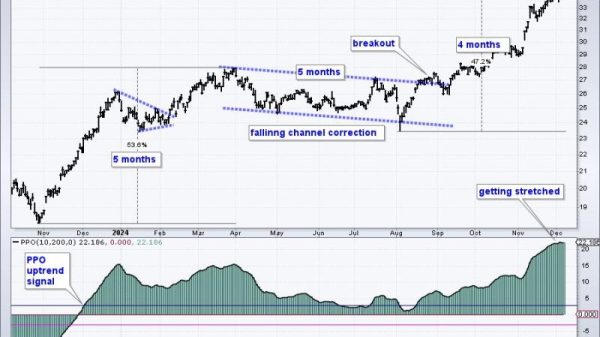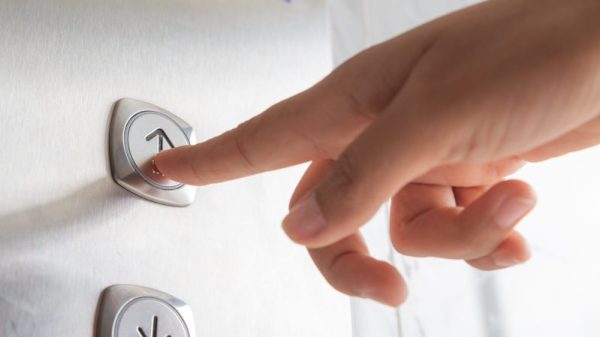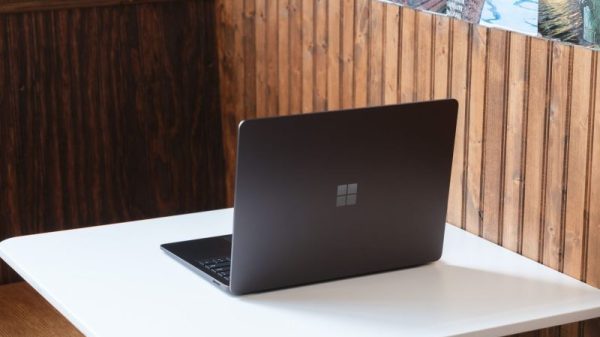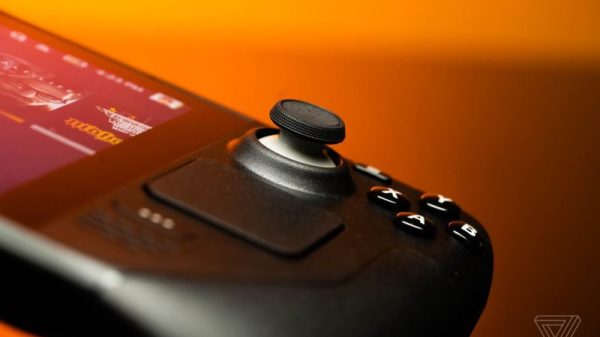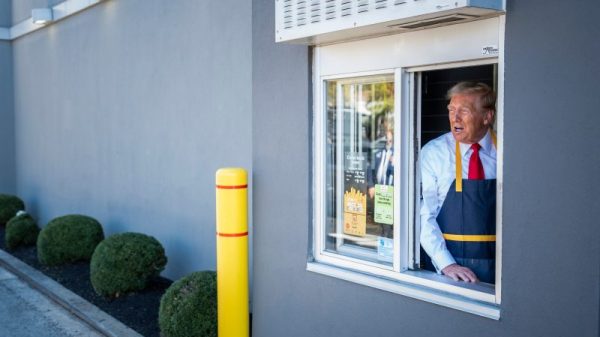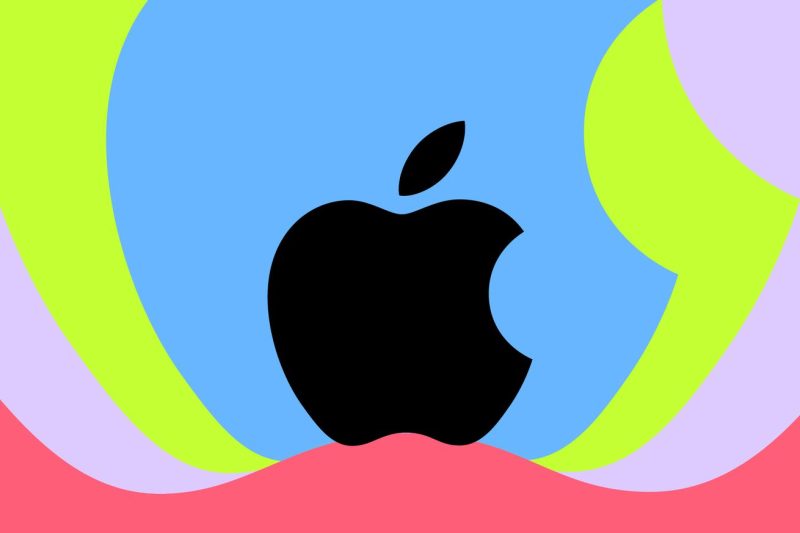The Delay of Apple Home Support for Robot Vacuums to 2025: What It Means for Consumers
The news of Apple’s delay in providing support for robot vacuums through its Apple Home platform until 2025 has sparked mixed reactions among tech enthusiasts and consumers alike. This delay comes as a surprise to many, considering Apple’s reputation for introducing cutting-edge products and services to the market. So, what does this delay mean for consumers who have eagerly been anticipating the integration of their robot vacuums with Apple’s smart home ecosystem?
One of the immediate implications of this delay is the potential setback in the advancement of smart home technology. As more and more households embrace connected devices and automation, the integration of robot vacuums with Apple Home would have been a significant step forward in creating a seamless and more efficient home ecosystem. With the delay now pushing this integration to 2025, consumers may have to wait longer for the convenience and benefits that such integration could bring.
Furthermore, the delay raises questions about Apple’s commitment to expanding its smart home offerings. While Apple has made strides in developing its HomeKit platform and collaborating with various smart home device manufacturers, the postponement of robot vacuum support suggests that the company may be facing challenges in aligning its roadmap with the rapidly evolving smart home market. Competitors in the space, such as Google and Amazon, continue to expand their respective smart home ecosystems, potentially putting Apple at a disadvantage with this delay.
For consumers who have already invested in smart home devices, including robot vacuums, the delay means that they may not be able to fully leverage the capabilities of their devices within the Apple Home platform for the foreseeable future. This could lead to frustration and disappointment among Apple users who were looking forward to a more integrated and seamless smart home experience.
On the other hand, the delay could also present an opportunity for consumers and manufacturers to explore alternative solutions and ecosystems for integrating robot vacuums into their smart homes. As Apple works to address the challenges that have led to the delay, consumers may have the chance to discover new ways to enhance the functionality of their robot vacuums and other smart devices through third-party platforms or DIY integrations.
In conclusion, while the delay of Apple Home support for robot vacuums to 2025 may come as a setback for consumers and the smart home industry as a whole, it also opens up possibilities for innovation and exploration. As technology continues to advance, consumers can expect that the wait for a more connected and automated home experience will eventually pay off with new features and capabilities that enhance their daily lives.



